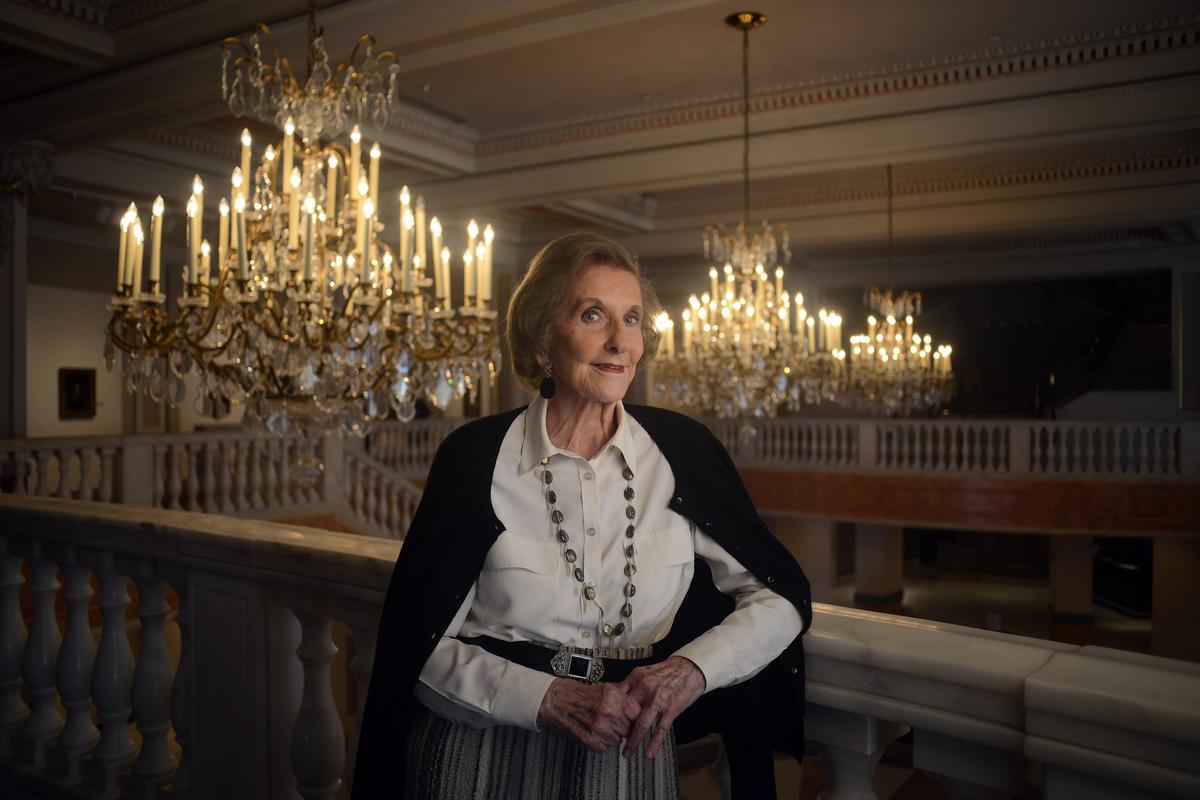Wilhelmina Cole Holladay, the founder of Washington, DC’s National Museum of Women in the Arts—the only museum in the world dedicated solely to women artists—died on Saturday, 6 March, at age 98.
Holladay was born in Elmira, New York, a town about 30 miles south of Ithaca, in 1922. She completed a BA from Elmira College before studying art history at Cornell University and the University of Paris. During the Second World War, Holladay worked in Washington, DC, where she met her husband Wallace F. Holladay, who was an officer in the United States Navy. (He died in 2012.) The two would go on to travel the world seeing art together, eventually amassing the collection that would form the seed for the National Museum of Women in the Arts.
Holladay’s interest in women artists was first piqued on a trip to Vienna with Wallace, where the two encountered a still-life painting by the early 17th-century Flemish artist Clara Peeters. Holladay grew enamored with Peeters, travelling to the Prado in Madrid to see more of her work, but when she set out to find information on the painter, she discovered that there was none available in any standard art history textbook. Further searching proved that this remained true for the vast majority of women artists. By the 1980s, the Holladays had built a collection of roughly 500 works, and it had expanded to include an archive of catalogues, books, photographs and biographical information on women artists. With encouragement from Nancy Hanks, the then-head of the National Endowment for the Arts, Holladay used this collection to establish a museum. She incorporated the National Museum of Women in the Arts in 1981 with the hope of filling a gap in our collective art historical knowledge, and in 1987 the museum opened its doors to the public for the first time.
“For nearly 40 years, Wilhelmina Holladay has been the guiding light of our museum,” the museum’s director, Susan Fisher Sterling, said in a statement. She added that Holladay’s “foresight in recognizing women artists of the past and championing women artists of the present by creating a new museum was visionary—even revolutionary—for the time.”
Today the National Museum of Women in the Arts has grown from Holladay’s seed collection to an institution with more thank 5,000 works by around 1,000 artists. The museum also functions as a community space, hosting workshops, programmes for children, and social change initiatives.


